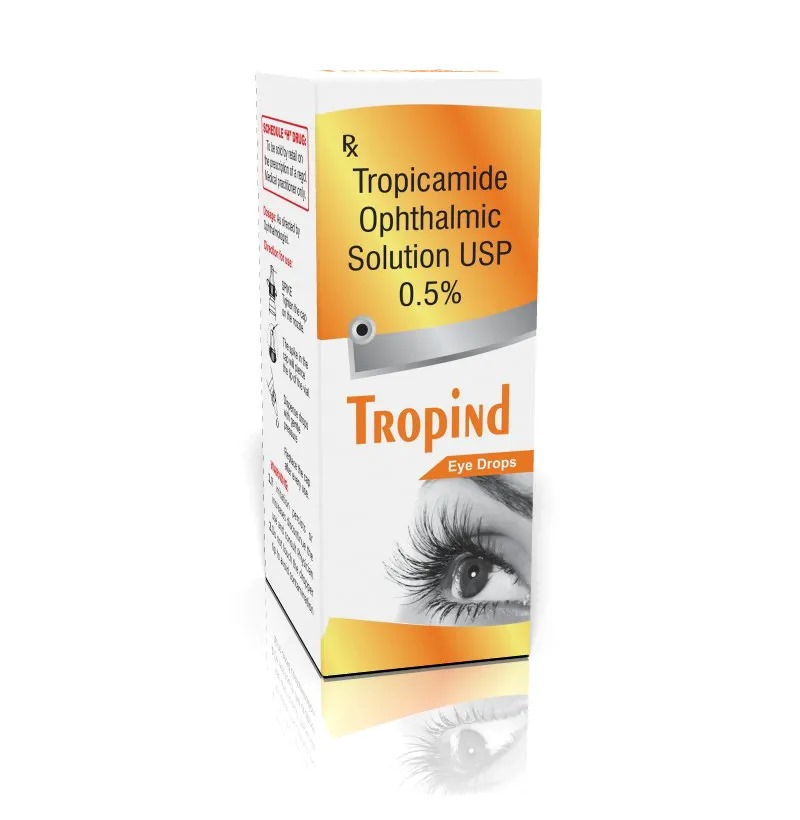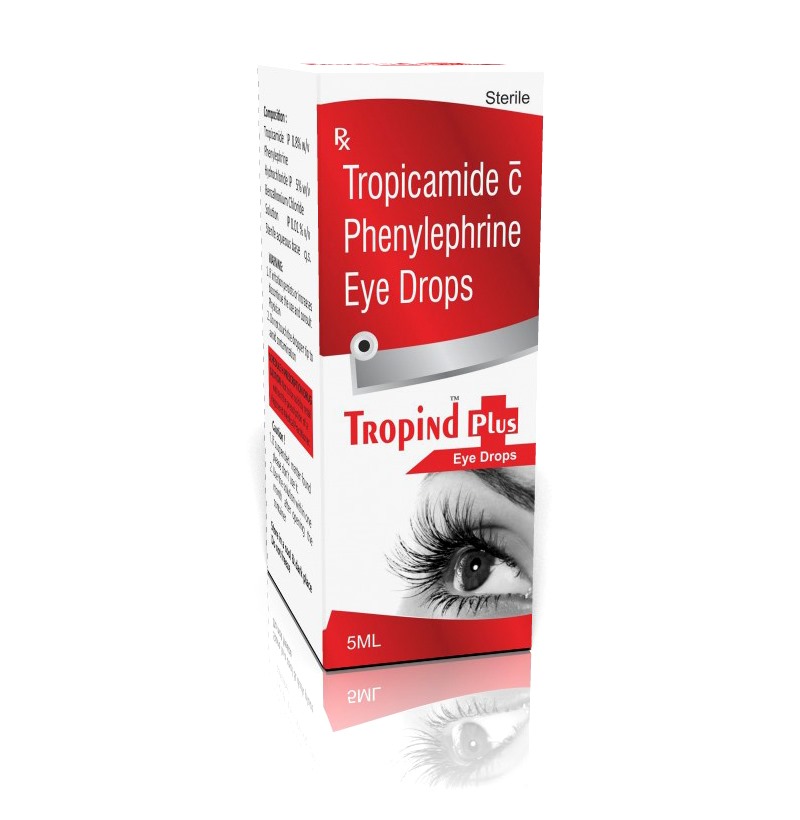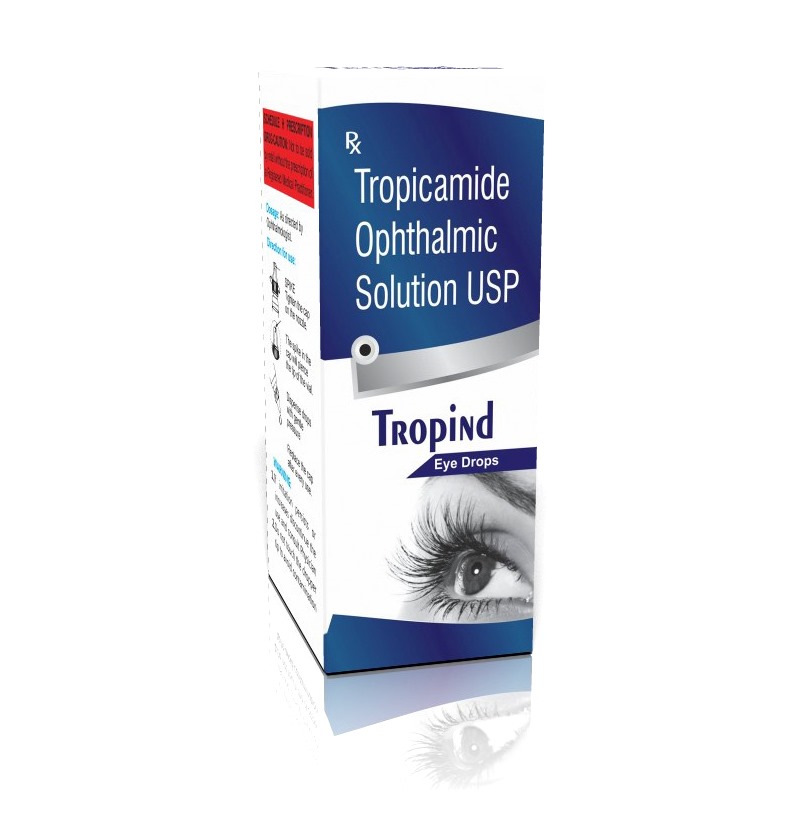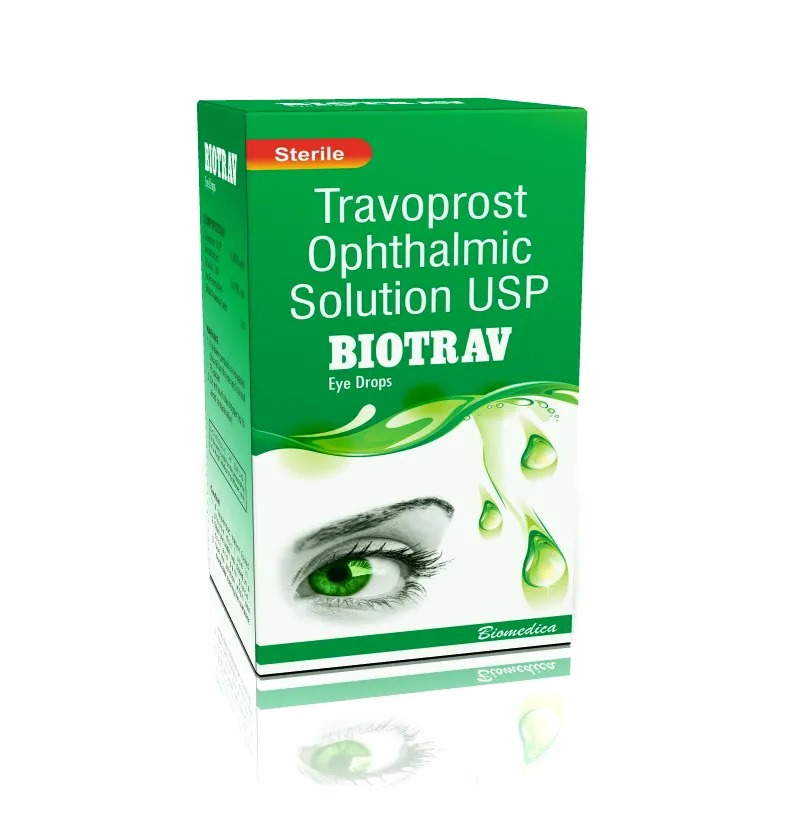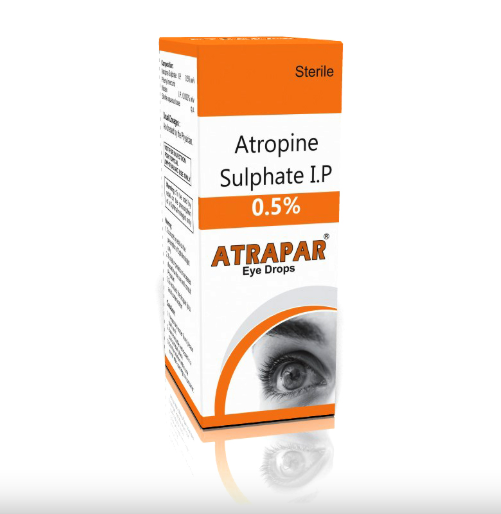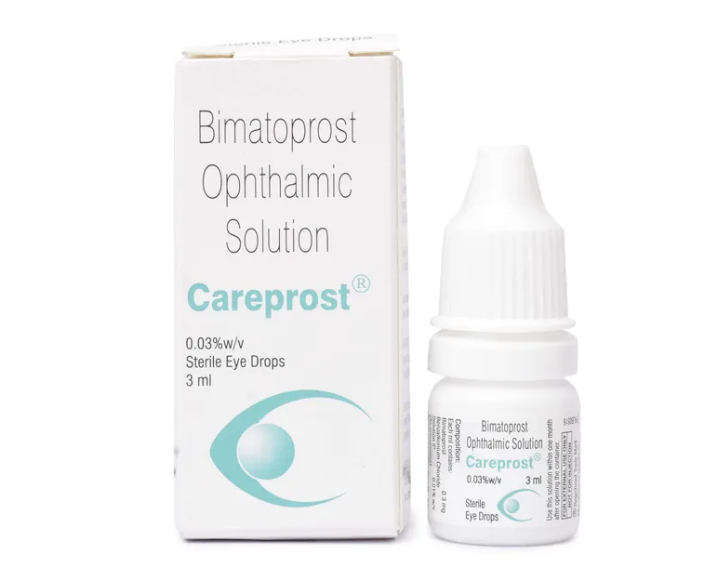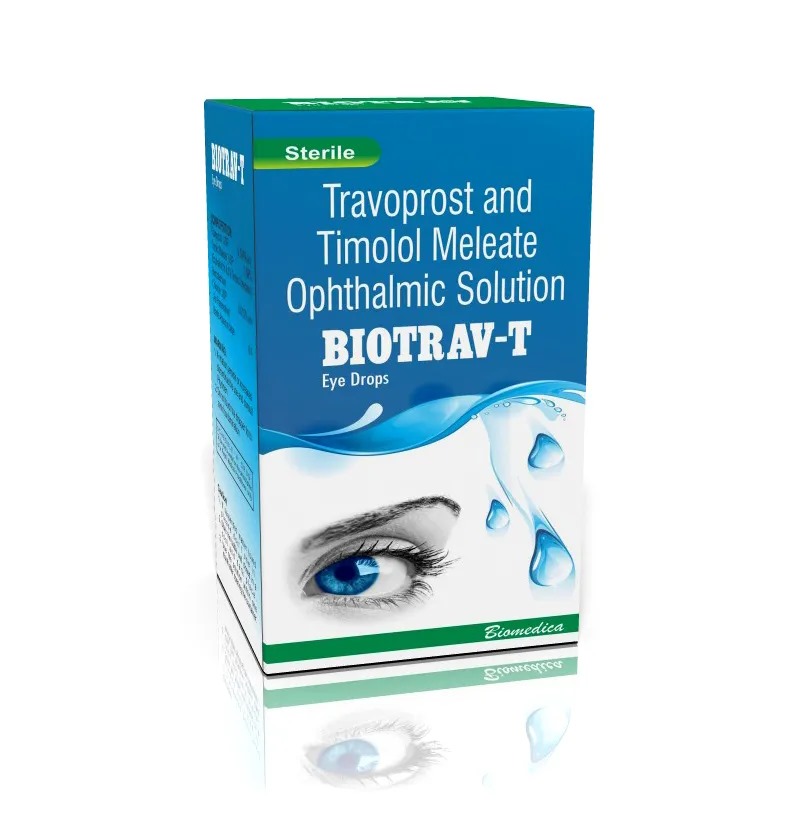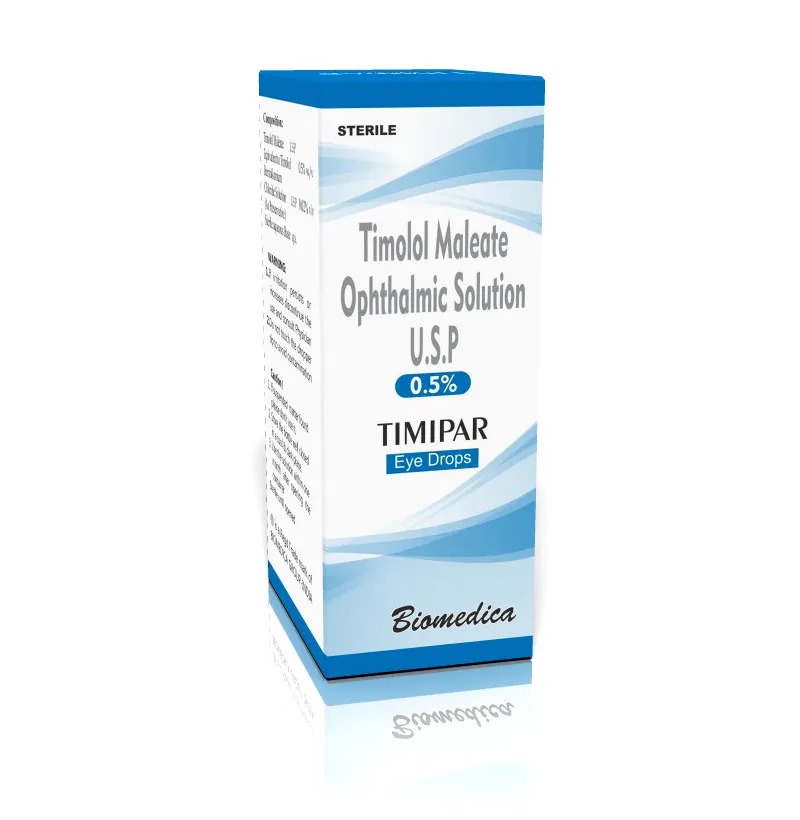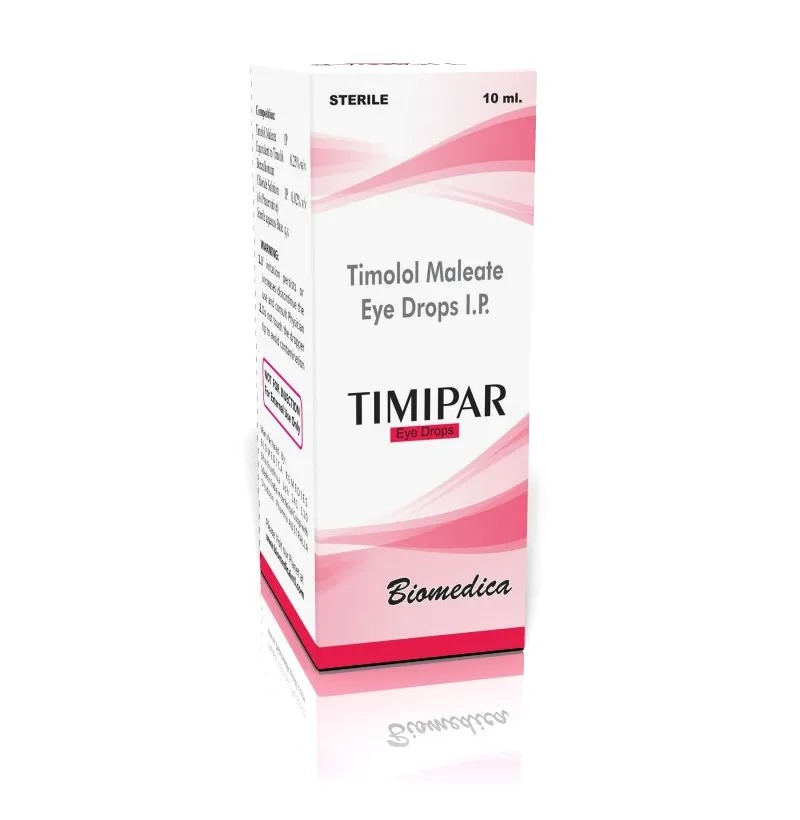Tropicamide Ophthalmic Solution USP 0.5% is a sterile, anticholinergic eye drop used primarily for diagnostic purposes in ophthalmology. ________________________________________ 🔍 Primary Uses 1. Pupillary Dilation (Mydriasis): Tropicamide 0.5% is employed to dilate the pupil, facilitating detailed examination of the retina, optic nerve, and other internal eye structures during procedures like fundoscopy and slit-lamp assessments. 2. Cycloplegia: It temporarily paralyzes the ciliary muscle, preventing accommodation (focusing), which is useful in refractive error assessments. 3. Management of Uveitis: Tropicamide 0.5% is utilized in treating conditions like acute and subacute iridocyclitis, chronic iridocyclitis, and to prevent adhesions and disruptions of the iris and ciliary body. ________________________________________ ⚠️ Side Effects While generally well-tolerated, potential side effects may include: • Temporary stinging or burning sensation upon instillation • Blurred vision • Sensitivity to light (photophobia) • Dry mouth • Headache • Nausea or vomiting • Pale skin • Central nervous system disturbances, including agitation or confusion, especially in pediatric patients ________________________________________ 🧪 Usage Instructions • Administration: Instill one or two drops into the affected eye(s) as directed by your healthcare provider. • Contact Lenses: Remove contact lenses before application. • Hygiene: Avoid touching the dropper tip to any surface to prevent contamination. • Post-application: Apply gentle pressure to the inner corner of the eye for 1–3 minutes to minimize systemic absorption. ________________________________________ ⚠️ Precautions • Driving and Operating Machinery: Avoid engaging in activities requiring clear vision, such as driving, until the effects of the medication have worn off. • Pediatric Use: Use with caution in children, as anticholinergic drugs may cause CNS disturbances. • Pregnancy and Breastfeeding: Consult your healthcare provider before use during pregnancy or while breastfeeding.
Send Message